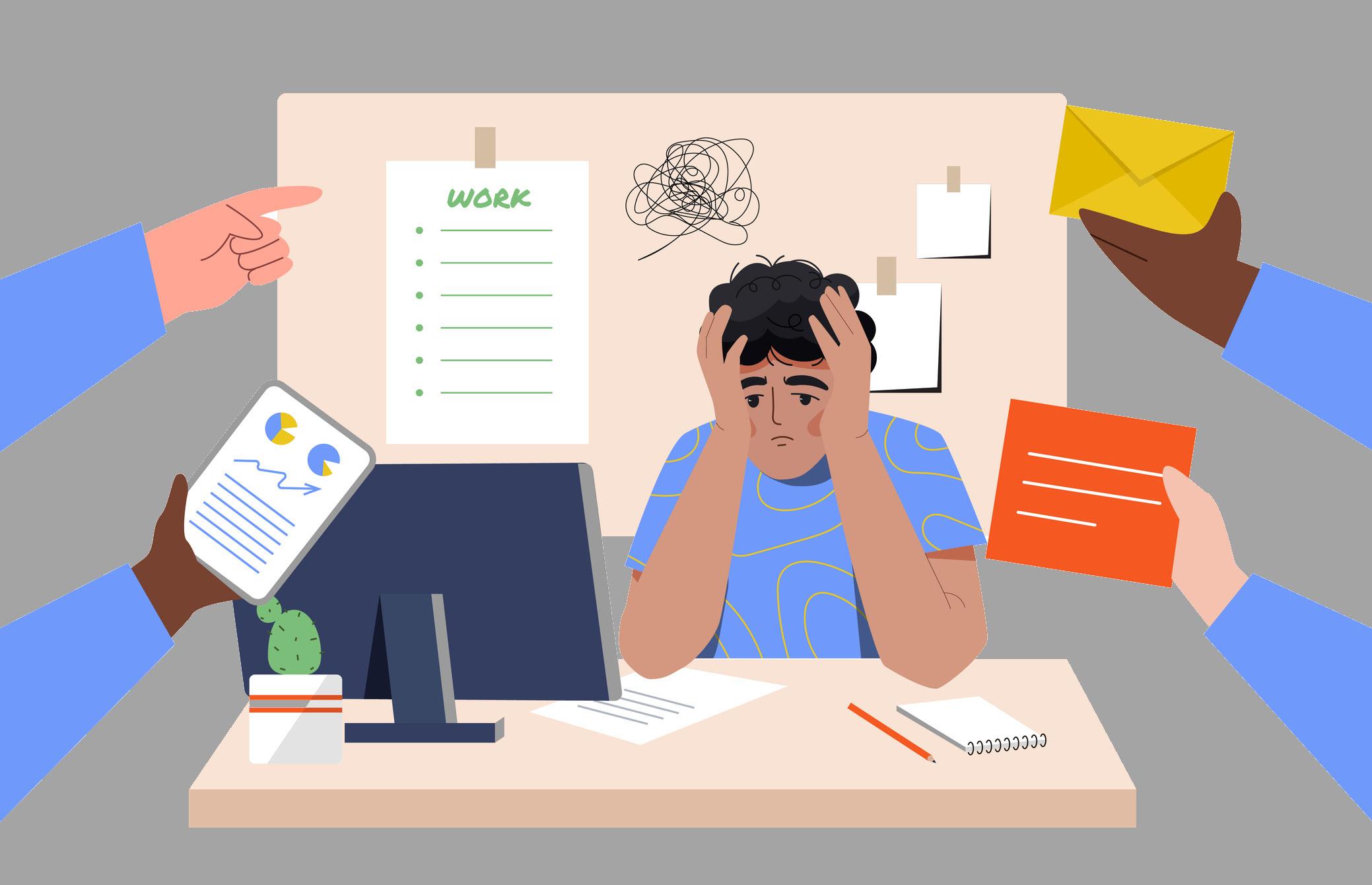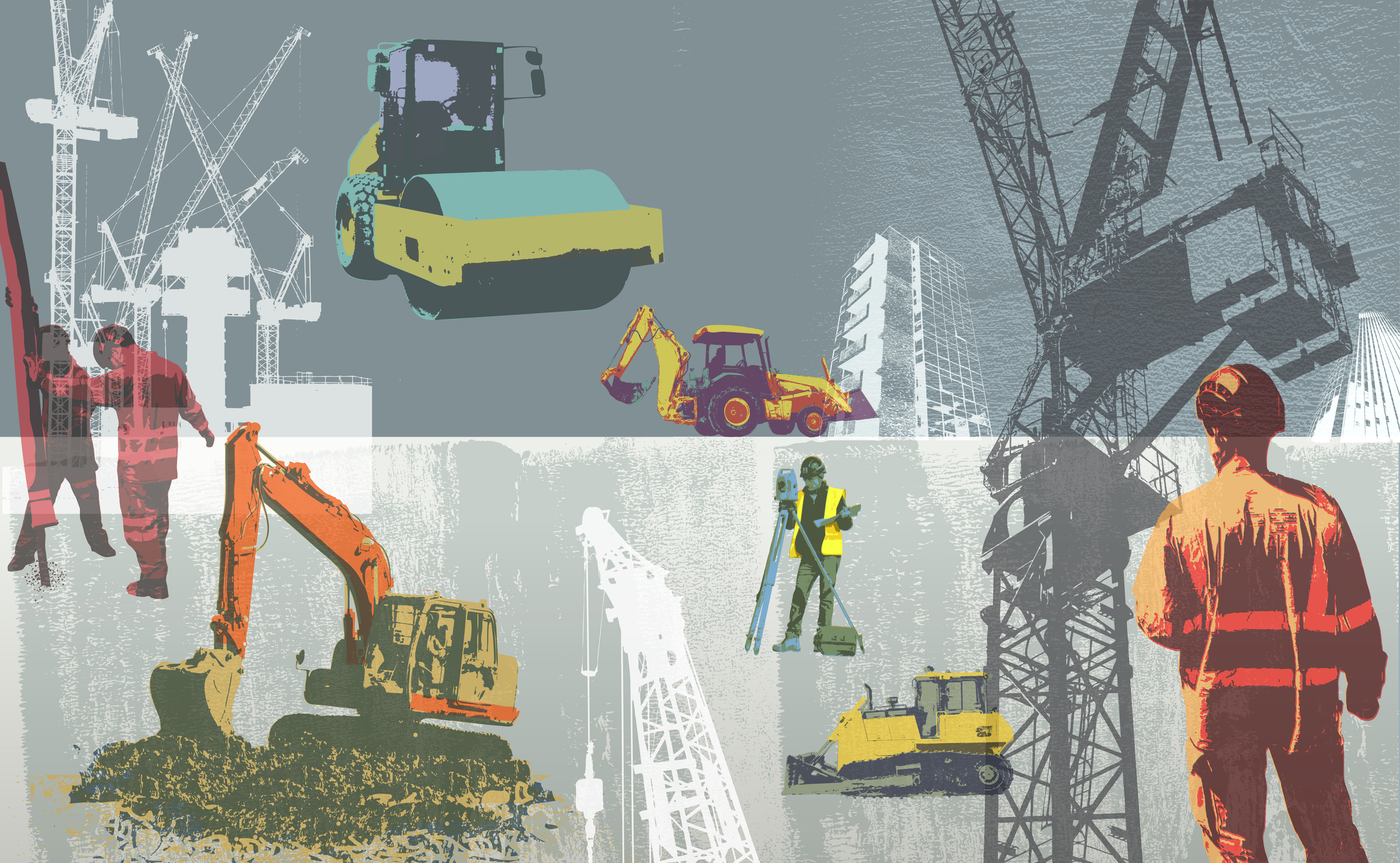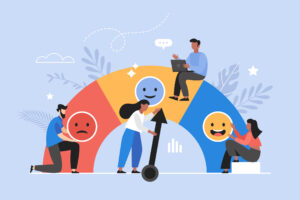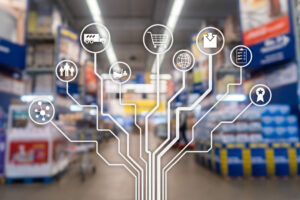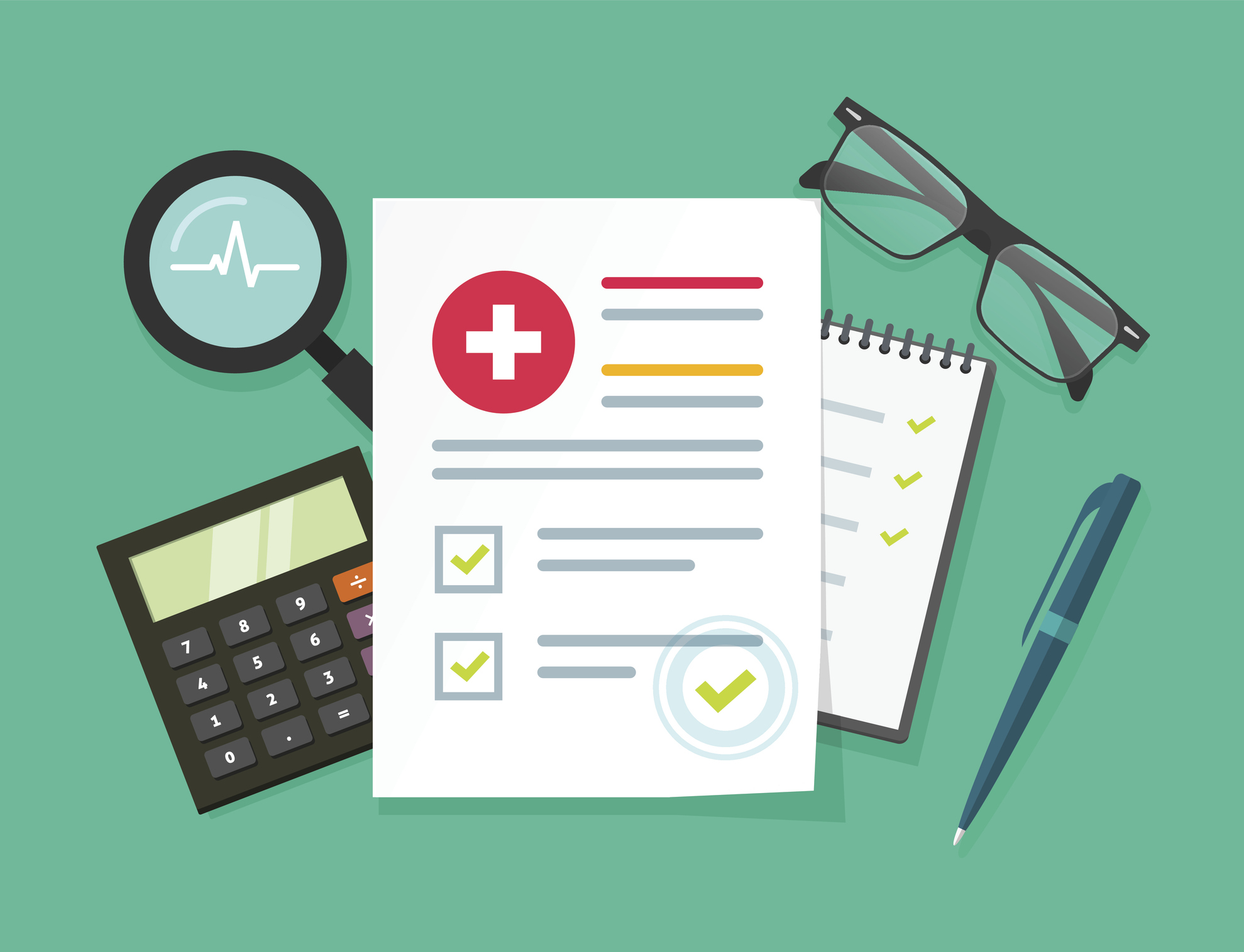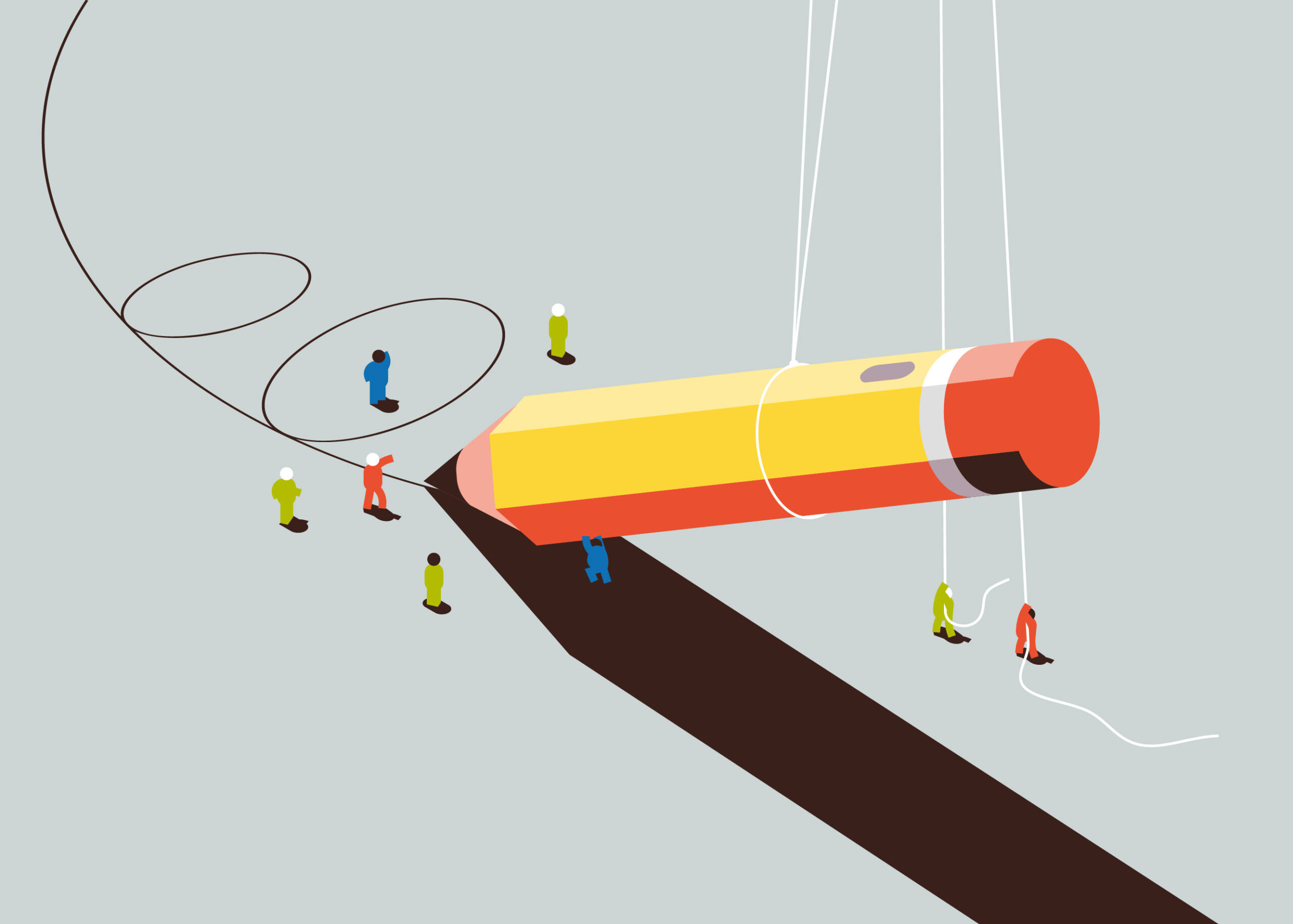Leveraging AI to Strengthen Workplace Safety
AI is no longer just a futuristic concept; it is becoming the backbone of safer, smarter, and more efficient workplaces. From wearable sensors to advanced computer vision, the marriage of technology and safety is reshaping how organizations protect employees, prevent accidents, and respond to risks. What once felt experimental is now becoming essential at an increasingly rapid pace.
October 6, 2025

Artificial intelligence (AI) has moved from hype to hands on in risk management and workers’ compensation. By turning routine data into timely insight, AI helps organizations anticipate hazards, prevent injuries, and make informed decisions that protect people and optimize performance.
“AI does not replace fundamentals, but reinforces them,” said Steve Simon, Senior Risk Control Manager at Safety National. “Start with a well-defined use case, determine the decision you want to improve, and then structure the supporting data, governance, and change management around it.”
Smarter Risk Management Through AI
AI’s ability to analyze massive amounts of data is revolutionizing risk management and workers’ compensation. Predictive modeling tools can scan historical claims data, uncover hidden patterns, and forecast potential hazards before they escalate. Employers can utilize these insights to make informed decisions, prevent injuries, and foster safer environments.
Wearables: The Human-Tech Connection
Wearable technology has come a long way from simple step counters. Today, smart helmets, vests, and sensors can monitor posture, track repetitive motions, and even detect extreme temperatures. Devices now vibrate to correct unsafe movements, alert workers to forklift traffic, or notify supervisors if a lone worker stops moving. Still, the adoption of wearables isn’t without challenges. These tools provide invaluable real-time data, but they also require time for analysis, raise questions about privacy, and necessitate careful investment. It is important for organizations to weigh the pros and cons. Overall, wearables can play a transformative role in advancing both safety and wellness initiatives.
Computer Vision: Watching Out for Hazards
Beyond wearables, computer vision is making workplaces safer by turning existing security cameras into intelligent safety systems. Specific platforms can connect directly into camera networks to detect unsafe behaviors before they cause harm, such as improper lifting, forklift speeding, or blocked exits. Similarly, there are now AI-powered firearm detection systems that utilize advanced optics and human verification to identify threats in seconds, providing employers and law enforcement with the opportunity to intervene early. Another innovation uses eye-tracking technology to detect real-time drug or alcohol impairment. Unlike traditional chemical testing, which only reveals past use, AI pinpoints impairment as it happens, helping employers protect their workforce without penalizing safe, responsible off-duty use.
Reimagining Ergonomics with AI
Ergonomic risks, like poor posture, awkward movements, or repetitive strain, remain one of the most significant drivers of workplace injuries. AI-powered platforms can help eliminate the need for wearables by using 3D motion capture through any camera to analyze worker movement. Safety professionals can instantly validate workstation redesigns, compare risk levels, and visualize detailed joint angle data through a color-coded skeleton overlay. It is a proactive approach that helps organizations redesign workflows before injuries occur.
Emerging Trends on the Horizon
The safety landscape continues to evolve rapidly. Drones now provide real-time assessments of hazardous sites, while augmented reality delivers immersive training experiences for employees. Autonomous vehicles, meanwhile, promise to reduce transportation-related injuries and enhance efficiency across various industries. Together, these advancements hint at a future where technology moves beyond reacting to accidents and actively helps prevent them.
The Balance of Innovation and Responsibility
Embracing AI in the workplace is about more than technology; it is about culture. Organizations must balance innovation with responsibility, ensuring data privacy, setting clear policies, and investing the necessary time and resources to implement programs effectively. For those who succeed, the reward is significant: safer workers, stronger businesses, and a workplace future where technology and humanity work hand in hand.



